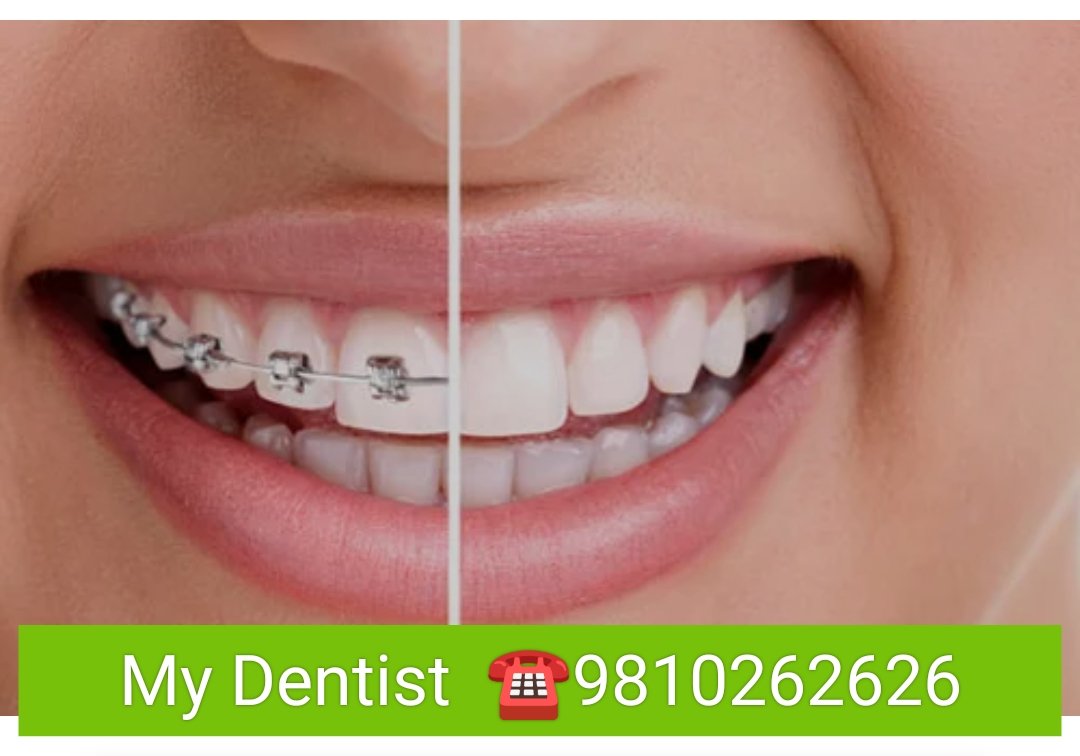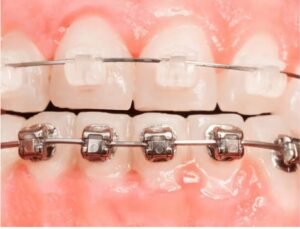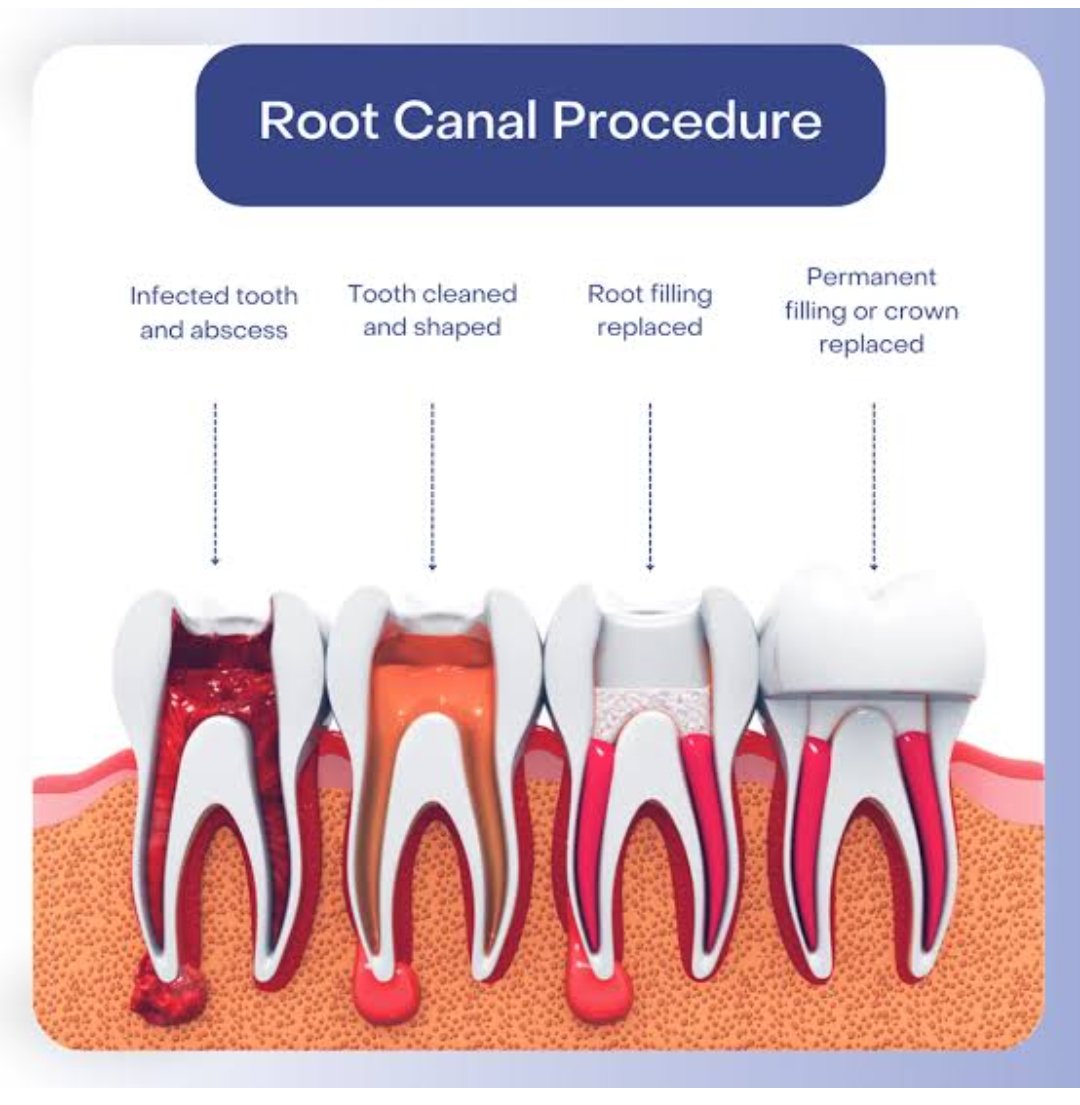https://youtu.be/RgZq4joL0Yk?

Ceramic braces at MY DENTIST Dental Clinic
Welcome to ultimate guide to ceramic braces, brought to you by My Dentist Dental Clinic. As one of India’s most trusted dental centers, we understand the importance of providing solutions that balance function, comfort, and aesthetics. In a world where smiles are a form of social currency, straight teeth and oral confidence can go a long way.
For years, metal braces were the default option for anyone looking to correct misaligned teeth, overcrowding, gaps, and bite issues. While effective, traditional braces also came with a major drawback: they were extremely visible. That’s where ceramic braces come in—offering a more discreet and equally effective alternative that blends naturally with your teeth.
Whether you’re a student, working professional, or someone who simply prefers a subtle solution to orthodontic care, ceramic braces could be the perfect choice. In this, we’ll cover every aspect of ceramic braces—from their core design and benefits to comparison with other popular orthodontic options like metal braces and Invisalign. We’ll also explore how to maintain them, expected costs, and real patient stories from My Dentist Dental Clinic.
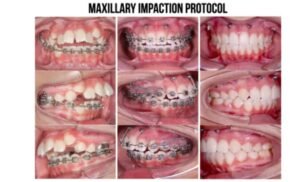
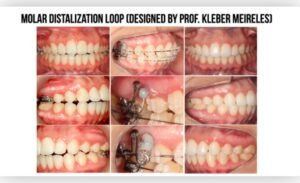

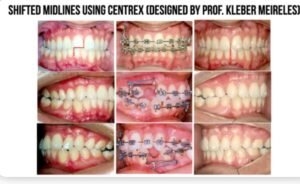
This article is written to help you make an informed decision. With over a decade of experience helping patients across INDIA and beyond, we hope this guide will be a stepping stone to your best smile yet.
Let’s begin by understanding what exactly ceramic braces are and how they differ from the traditional orthodontic options.
What Are Ceramic Braces?
Ceramic braces are orthodontic devices used to straighten teeth, correct bites, and align jaws—similar in function to metal braces. The key difference lies in the materials: while traditional braces use metal brackets, ceramic braces use brackets made from a clear or tooth-colored material. This makes them less visible and much more aesthetic, especially for adults and older teens who are conscious of how their smile looks during treatment.
Each bracket is bonded to the front of the tooth and connected via a thin metal archwire. These wires may or may not be tooth-colored, depending on the brand and type chosen. The brackets themselves are made of a durable ceramic composite material, designed to resist staining and wear.
Components of Ceramic Braces
Let’s break down the key components of ceramic braces:
- Ceramic Brackets: Made from clear or tooth-colored ceramic, these brackets blend with your teeth and are less noticeable than metal brackets.
- Archwire: A thin metal wire that connects all brackets. Often silver, but sometimes coated with white or tooth-colored material.
- Ligatures (Elastic Bands): Tiny bands used to hold the archwire in place. These may stain over time but are replaced during each adjustment visit.
- Bonding Agent: Special dental cement that holds brackets securely to each tooth surface.
Though their appearance is subtler, ceramic braces function identically to metal braces. They apply constant, gentle pressure on your teeth to move them into the ideal position over time.
Who Should Consider Ceramic Braces?
Ceramic braces are ideal for:
- Adults and teens who prioritize aesthetics
- Working professionals who don’t want metal showing in meetings or photos
- People with mild to moderate misalignment, crowding, or bite issues
- Patients who want results similar to metal braces but with more comfort and subtlety
However, they may not be the best choice for younger children or those with very severe alignment problems, as the ceramic material is more brittle than metal and may not withstand heavy stress as well. Also, due to their relatively higher cost, patients on a strict budget might prefer metal options.
Are Ceramic Braces Effective?
Absolutely. Ceramic braces are just as effective as metal braces when used correctly. They can treat a wide variety of dental problems, including:
- Overbites
- Underbites
- Crossbites
- Open bites
- Overcrowding
- Spacing issues
In fact, at MY DENTIST orthodontists often use the same planning process (x-rays, dental impressions, 3D scans) for ceramic braces as they would for metal braces. The results are predictable, reliable, and long-lasting especially when paired with post-treatment retainers.
Cost of Ceramic Braces
Cost of ceramic braces can range from 25,ooo to 60000.
Benefits of Ceramic Braces
Let’s look at why more patients at My Dentist Dental Clinic are choosing ceramic braces every year:
- Discreet Appearance: Tooth-colored brackets are far less noticeable in photos and social settings.
- Comfortable Edges: Ceramic brackets tend to be smoother and more rounded, reducing irritation inside the lips and cheeks.
- No Compromise on Strength: Modern ceramics are extremely durable and suitable for almost all orthodontic treatments.
- Resists Discoloration: Most ceramic brackets don’t stain, even when exposed to foods and drinks like coffee or wine (although elastic bands may stain)
Limitations of Ceramic Braces
While they are highly effective, it’s important to be aware of their limitations too:
- May cost more than traditional metal braces
- Brackets can chip if not cared for properly
- More fragile and slightly larger than metal brackets
- May take slightly longer to complete treatment depending on complexity

